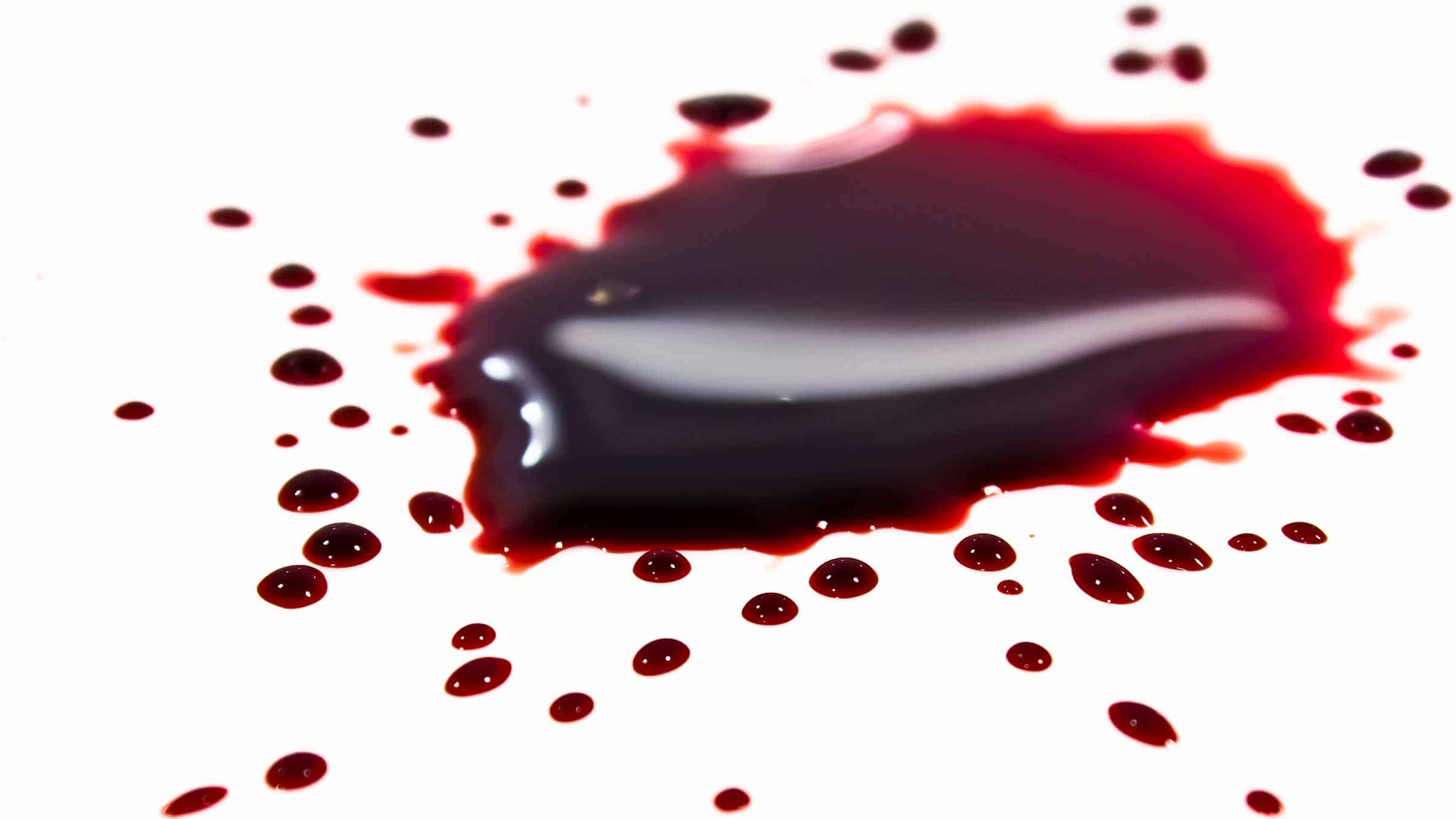Definition, Composition, and Functions of Blood
BLOOD
Blood is a special connective tissue consisting of a fluid matrix, plasma, and formed elements.Blood consists of cellular elements (Red blood cells, White blood cells, and Platelets) as well as plasma, the fluid in which the blood cells are suspended.
An average adult has about 5.5 liters of blood, with a temperature of approx. 38℃ and a pH of 7.35-7.45.
Functions of Blood
Blood has many functions, including the following:- It carries oxygen (O2) from the lungs to the tissues and carries carbon dioxide (CO2) from the tissues to the lungs.
- It carries nutrients from the digestive system to the tissues.
- It carries waste products from the tissues to the excretory organs. It maintains the pH of the body.
- It maintains constant body temperature.
- It carries hormones from the endocrine glands to wherever they are needed.
- It transports infection-fighting blood cells (leukocytes) and antibodies.
Composition of Blood
Blood made up of
1. Plasma and2. Formed cellular elements (red and white blood cells, and platelets).
Plasma makes up 55% of blood volume. Cellular elements make up the other 45%.
Plasma
The fluid portion of the blood, the plasma, accounts for 55 to 60% of total blood volume and is about 90% water. The remaining 10% contains proteins (8%) and other substances (2%) including hormones, enzymes, nutrient molecules, gases, electrolytes, and excretory products. All of these substances are dissolved in the plasma (e.g., oxygen) or are colloidal materials (dispersed solute- Materials that do not precipitate out, e.g., proteins). The three major plasma proteins include: Albumin (about 55%)
- Globulins (about 38%)
- Fibrinogen
Types of Blood Cells
Blood cells are made up of:A. Red blood cells (Erythrocytes)
B. White blood cells (Leucocytes)
C. Platelets.
Erythrocytes/ Red Blood Cells (RBCs)
Red blood cells (RBCs), also known as erythrocytes. The major function of red blood cells is to transport hemoglobin, which in turn carries oxygen from the lungs to the tissues. One cubic millimeter of blood contains about 5million Red blood cells. They are circular, biconcave disc without nuclei. They are located or found in the bone marrow after birth. It has an average life- span of about 120 days.It contains hemoglobin that is responsible for the transport of oxygen in the blood. They give the blood its characteristic red color.
























